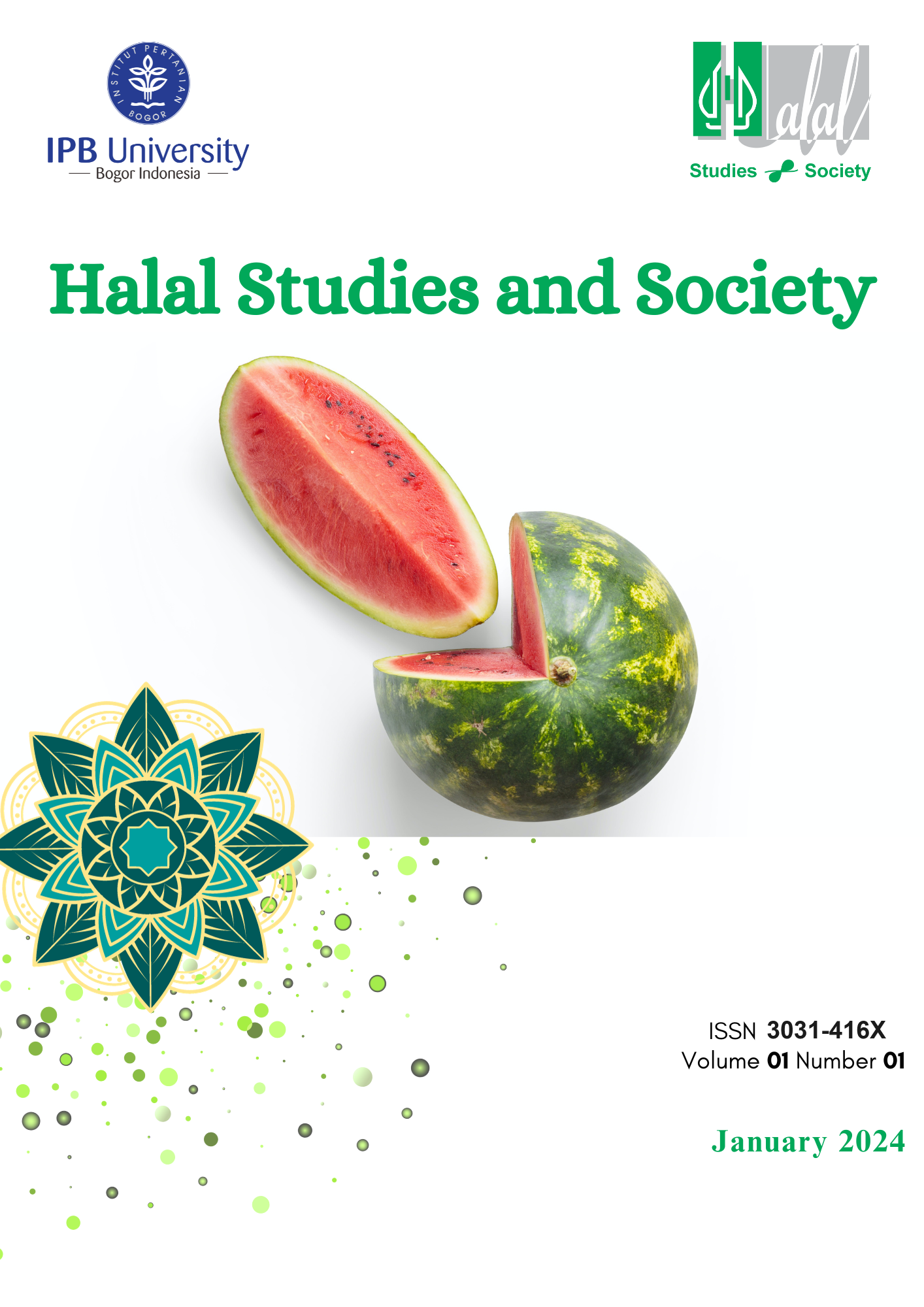Priority Strategy to Increasing Halal Frozen Food Producer Revenue During The Covid-19 Pandemic In Bogor, Indonesia
Abstract
Frozen food was first offered in United States supermarkets by Clarence Birdeye in 1930. The trend of increasing consumption of frozen food continues to occur during the Covid19 pandemic. The increasing demand for frozen food products requires consumers to choose the best. Consumer preference makes producers competitively try to make production efficient, introduce their products, and gain a wider market share. The Biggest consumer preference in Indonesia is halal frozen food products. One of the halal frozen food manufacturers trying to increase market share to increase revenue is PT XYZ. PT XYZ plans to pasteurize egg raw materials and optimize halal frozen food digital marketing using the TikTok application to increase revenue. This study aimed to analyze the financial aspects of the pasteurization process for egg raw materials and the financial aspects of optimizing digital halal frozen food marketing using the TikTok application and determine which efforts are the priority to be implemented to increase revenue. The analytical method used is graphical descriptive and quantitative tabulation, including profit analysis, loss, and R/C ratio analysis. From the analysis results, efforts to optimize halal frozen food digital marketing using the TikTok application are prioritized with a net profit of IDR. 1,175,802,072 and an R/C ratio of 2. 52.
Copyright (c) 2024 Prima Gandhi, Sanitianing Anggraini, Muhammad Fazra Salsabilah, Alma Shopia Yulianti

This work is licensed under a Creative Commons Attribution-NonCommercial 4.0 International License.












